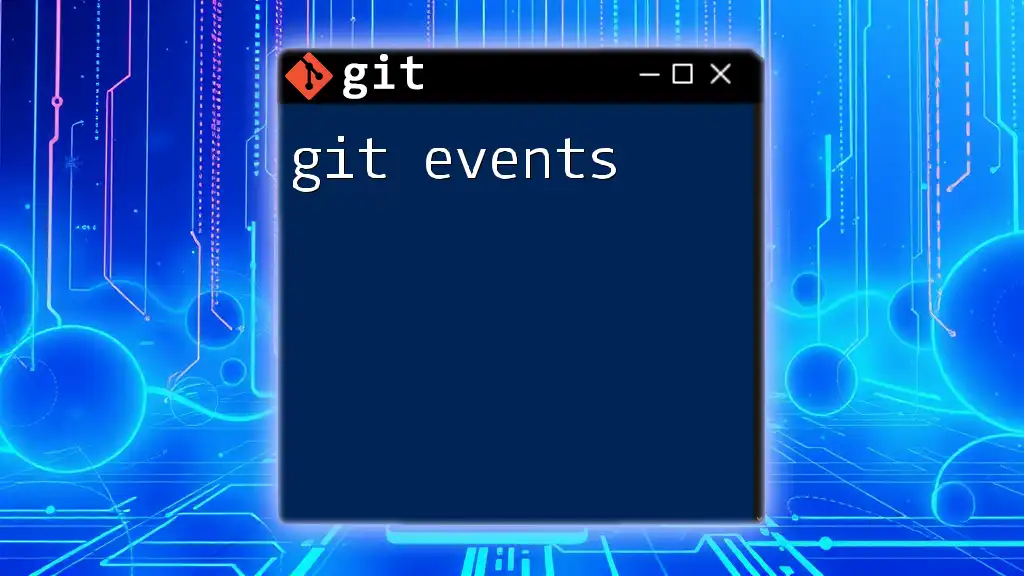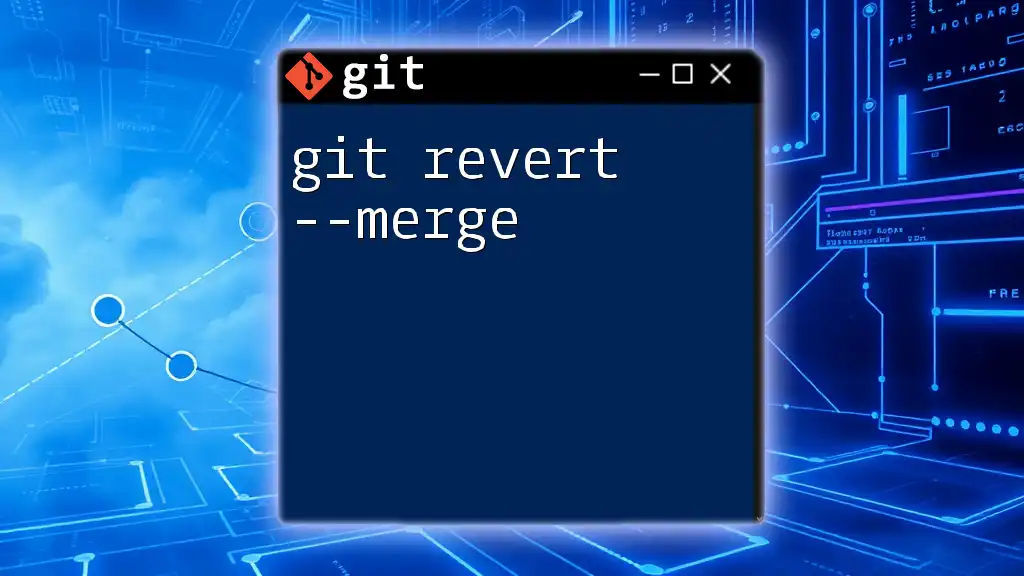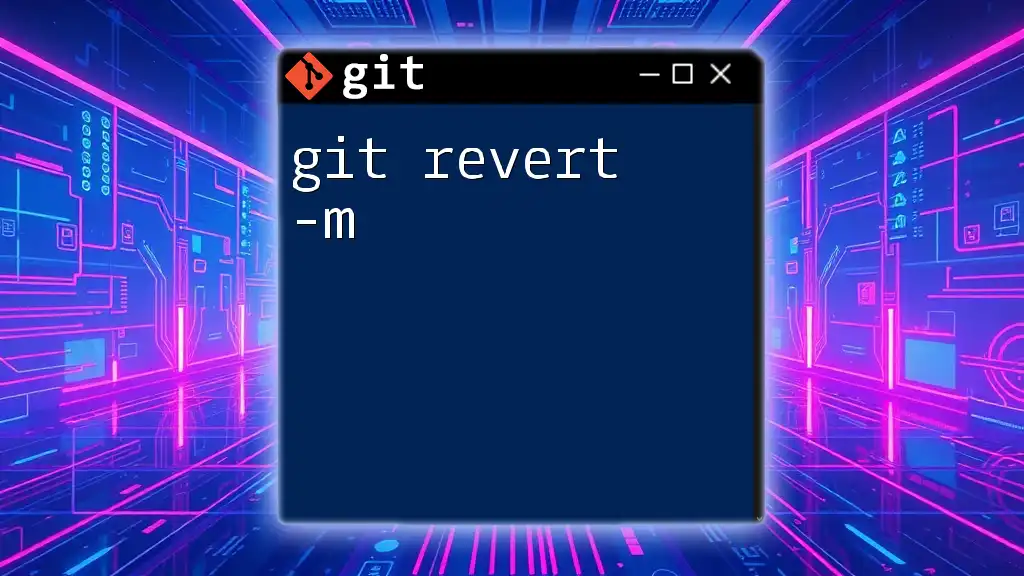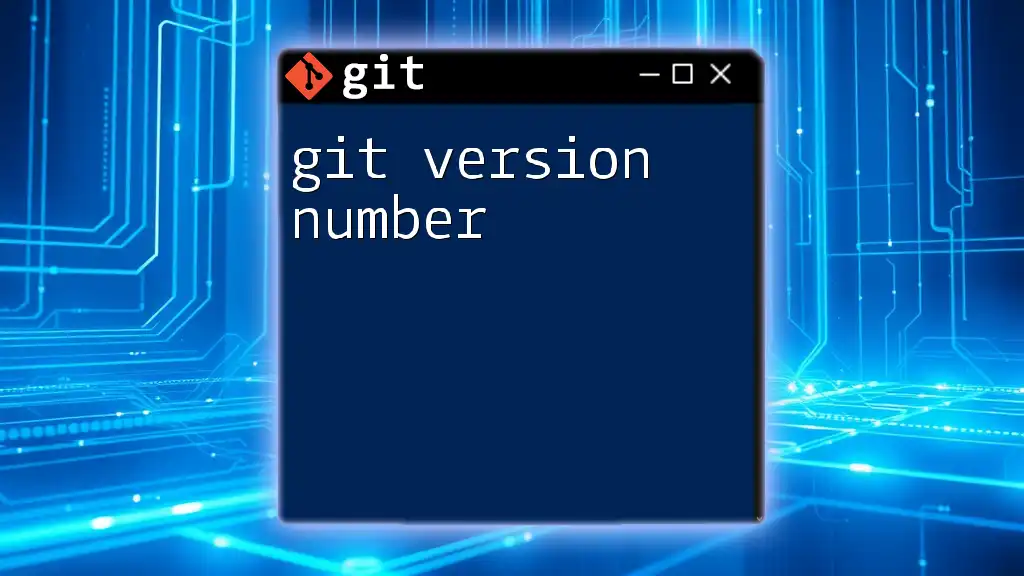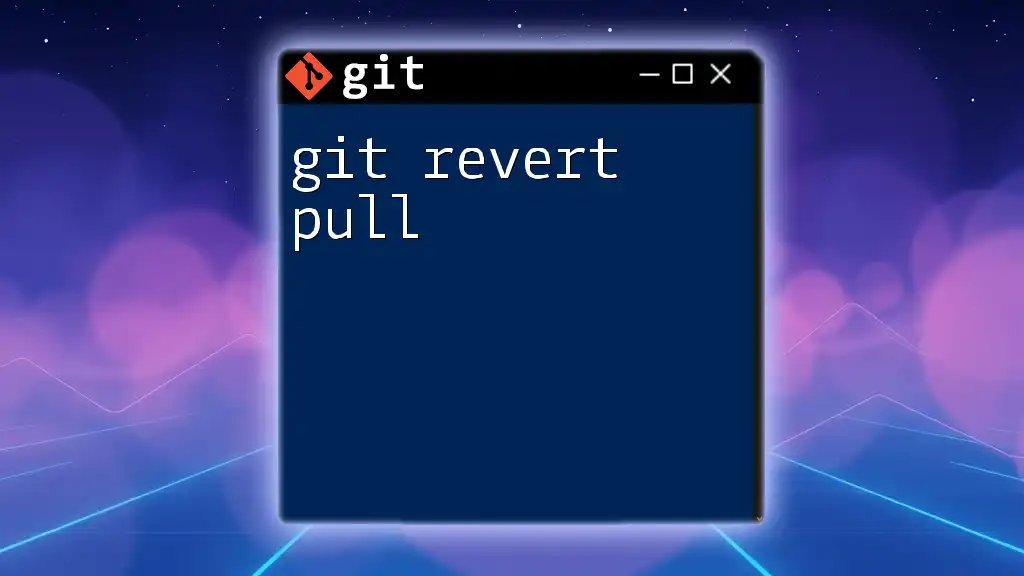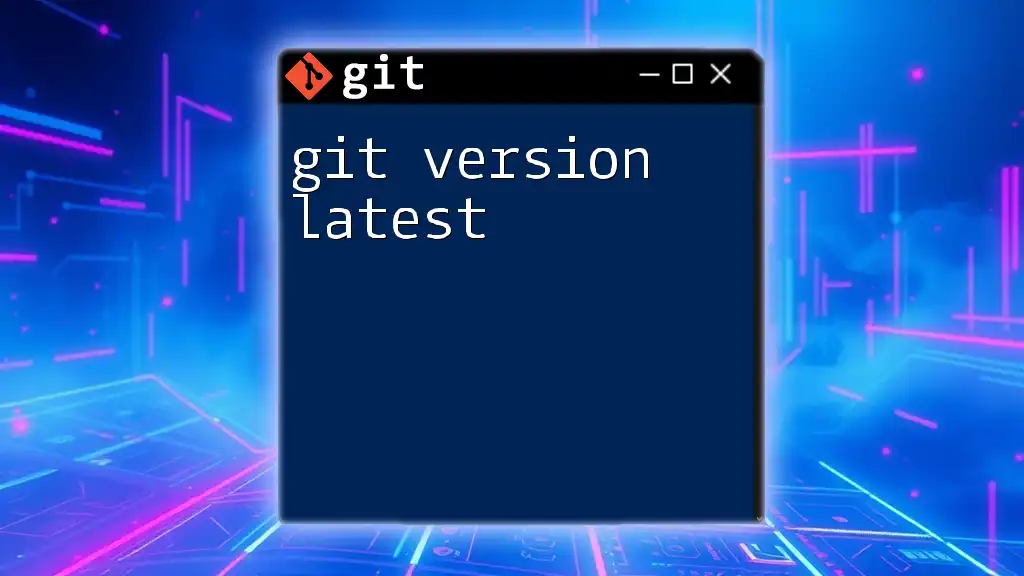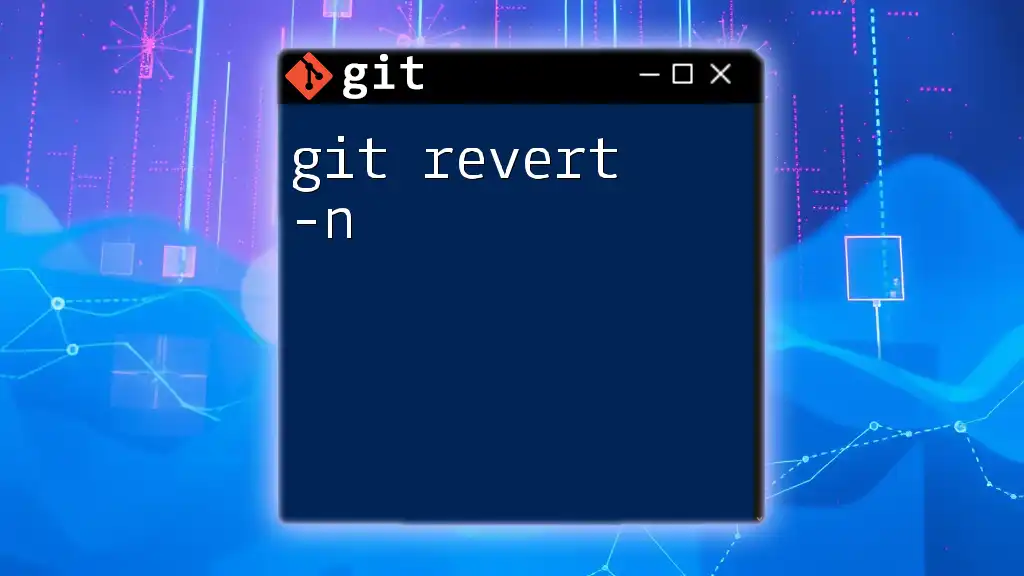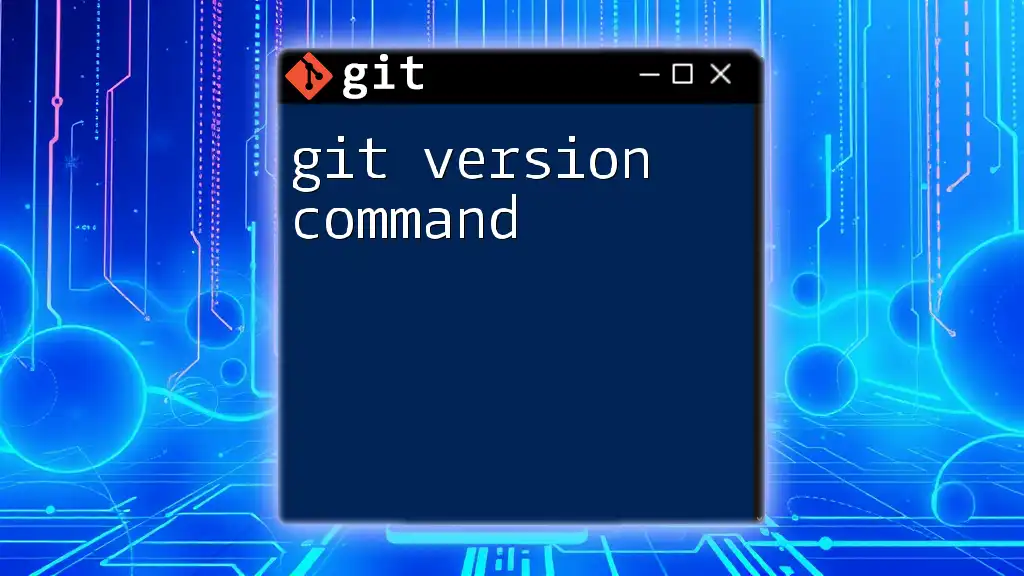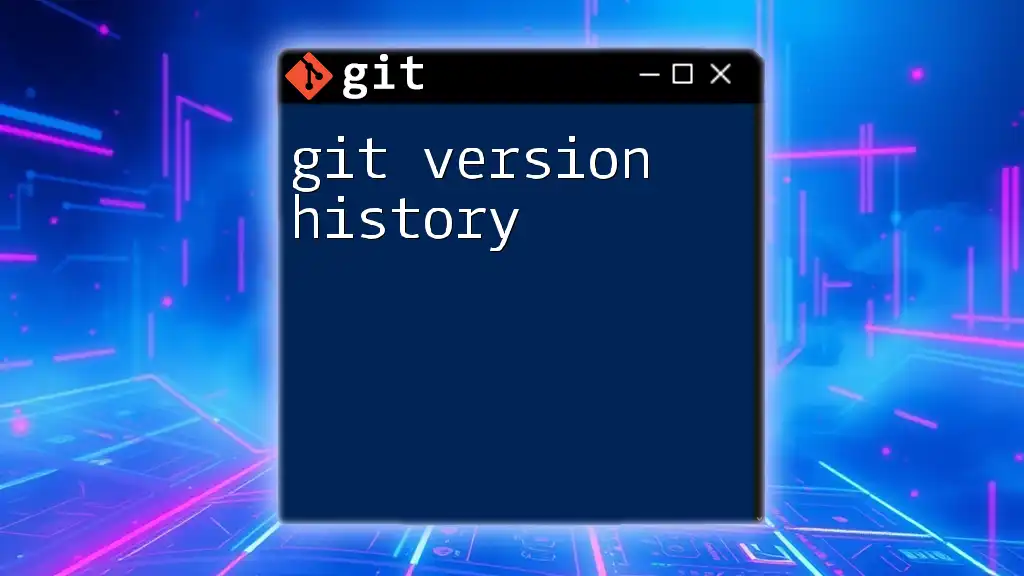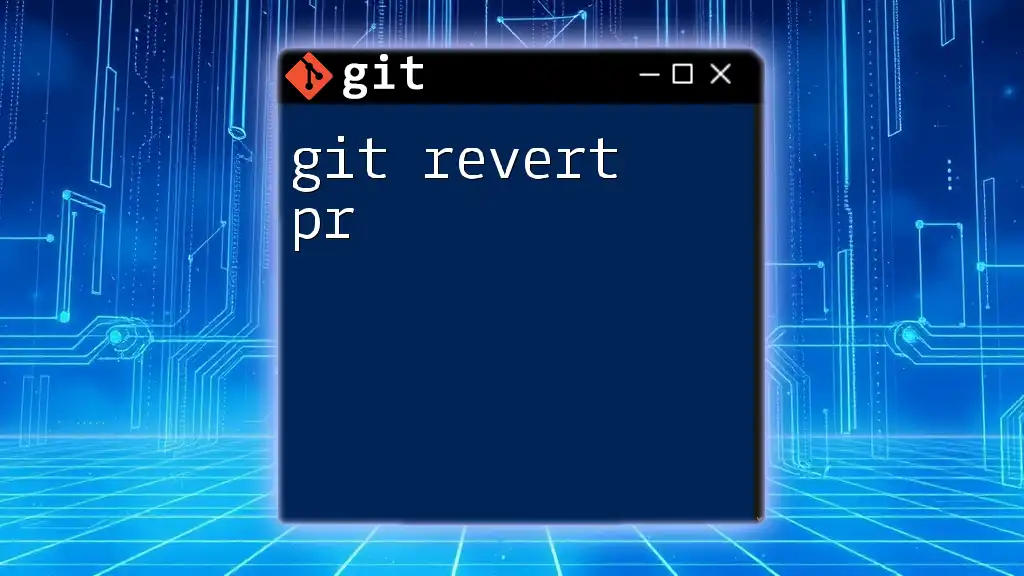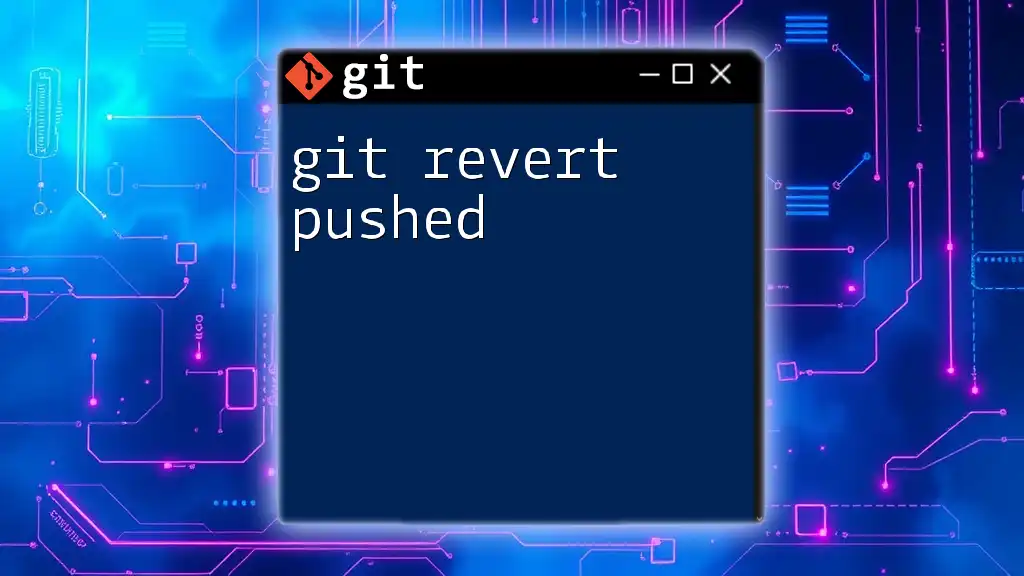Git events refer to specific occurrences in a Git repository's history or workflow, such as commits, merges, and branch creations that help track changes and facilitate collaboration among developers.
Here's a code snippet to log recent events in your Git repository:
git log --oneline --graph --decorate --all
Understanding Git Events
What Are Git Events?
Git events encapsulate key actions that occur within a Git repository. These actions govern how projects evolve over time through version control. Understanding Git events is critical for maintaining a clean history and effectively collaborating with others. When changes are made to your code, Git records them through events that reflect activities such as commits, merges, branches, and tags.
Types of Git Events
To effectively utilize Git, it's essential to familiarize yourself with the various types of Git events, including:
- Commit Events: This marks a snapshot of your current changes.
- Branching Events: These allow for simultaneous development on different code versions.
- Merge Events: This combines changes from different branches.
- Tagging Events: Tags help in marking specific points in history, often used for releases.
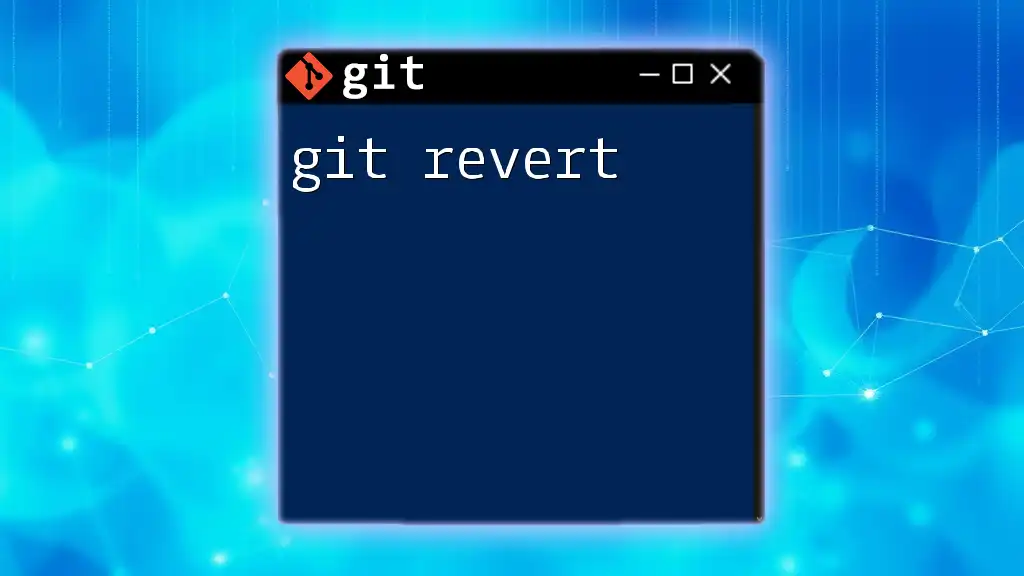
Commit Events
What is a Commit Event?
A commit event represents a point in your project’s history that captures the state of your files at the moment. Each commit is like a save point and carries a unique identifier, allowing you to track changes effectively. Regular committing is an essential practice in version control, as it helps maintain a well-organized project.
How to Create a Commit
Creating a commit is straightforward. The command for making a commit is:
git commit -m "Your commit message here"
The `-m` flag stands for "message" and helps you describe what changes the commit includes. For instance, if you've fixed a bug, your message could be "Fixed issue with login validation."
Viewing Commit History
To see a detailed view of past commits, you can use the command:
git log
This command reveals every commit made in the repository, showing information such as the commit ID, author, date, and message. Understanding this history is crucial for tracing changes and collaborating with others.
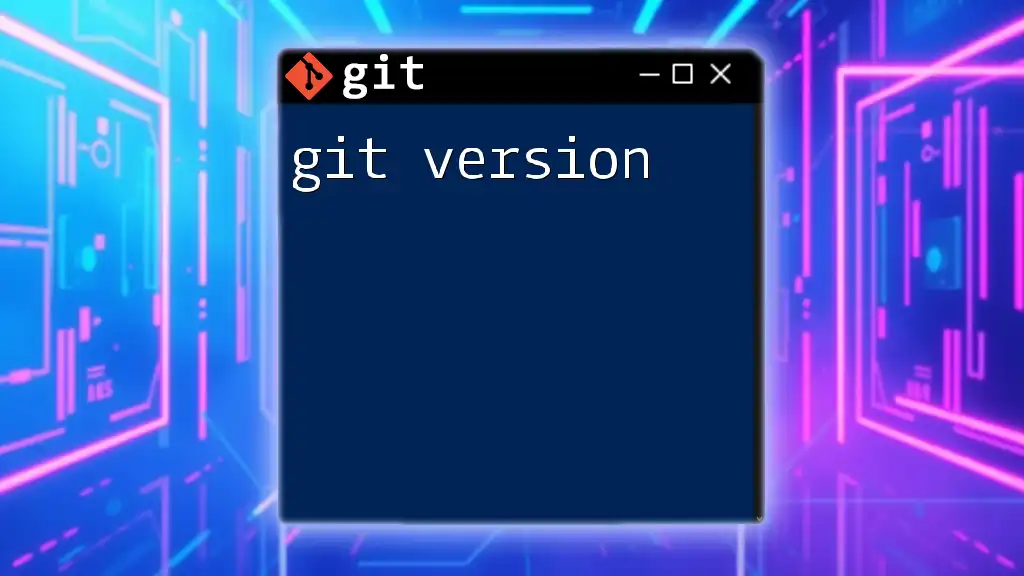
Branching Events
Understanding Branching in Git
Branching allows you to diverge from the main line of development without affecting it. This facilitates parallel development and experimentation. You can think of branches as separate paths where new features can be developed independently.
Creating a Branch
To create a new branch, use the command:
git branch branch_name
Substituting `branch_name` with your chosen name allows you to manage multiple developments concurrently without merging unfinished features into the main branch.
Switching Branches
Switching between branches is just as critical, and you can achieve this using:
git checkout branch_name
This command changes your working directory to the specified branch. Understanding how to navigate branches is essential for any collaboration, as it helps in managing different features and fixes.
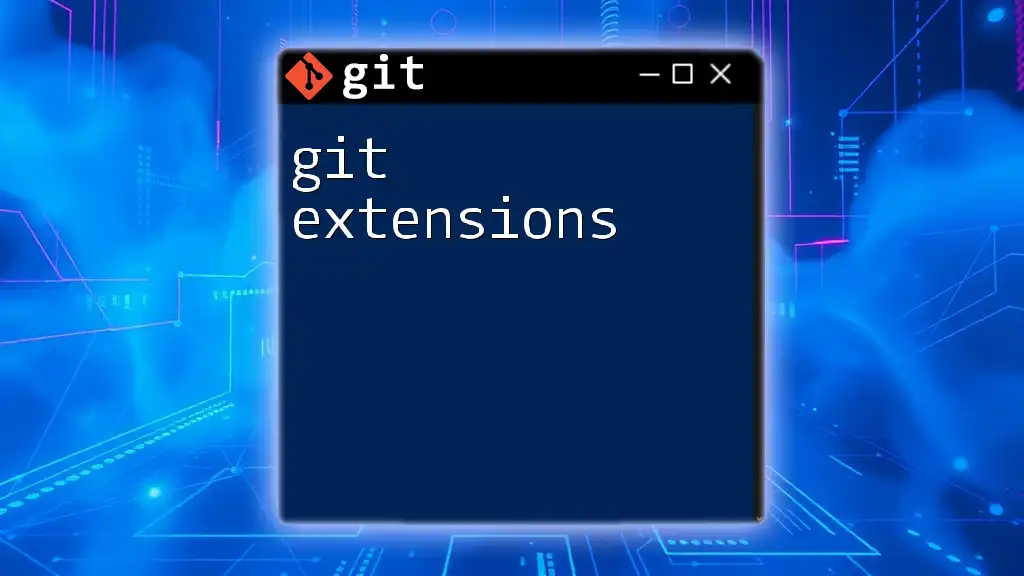
Merge Events
What is a Merge Event?
Merging is the process of combining changes from different branches into a single branch. It is an essential part of team collaborations, allowing multiple contributors to work on their features without conflicting with one another.
Performing a Merge
To execute a merge, you would typically switch to the branch you wish to merge changes into and run:
git merge branch_name
This command combines the specified `branch_name` into your current branch. There are two primary types of merges: fast-forward, which occurs when there are no divergent changes, and a merge commit, used when branches have diverged.
Resolving Merge Conflicts
Conflicts often arise when changes vary between branches, requiring resolution before you can complete the merge. Common causes include simultaneous edits to the same line in a file. Upon encountering a merge conflict, Git will mark the affected files, and you must manually edit these files to resolve differences.
After resolving, you would add the updated files:
git add file_name
And complete the merge with:
git commit
Example Scenario
Consider a situation where two developers modify the same file. When one attempts to merge, a conflict occurs. To resolve it, they must look at the changes made and decide which version to keep, modify, or combine before proceeding.
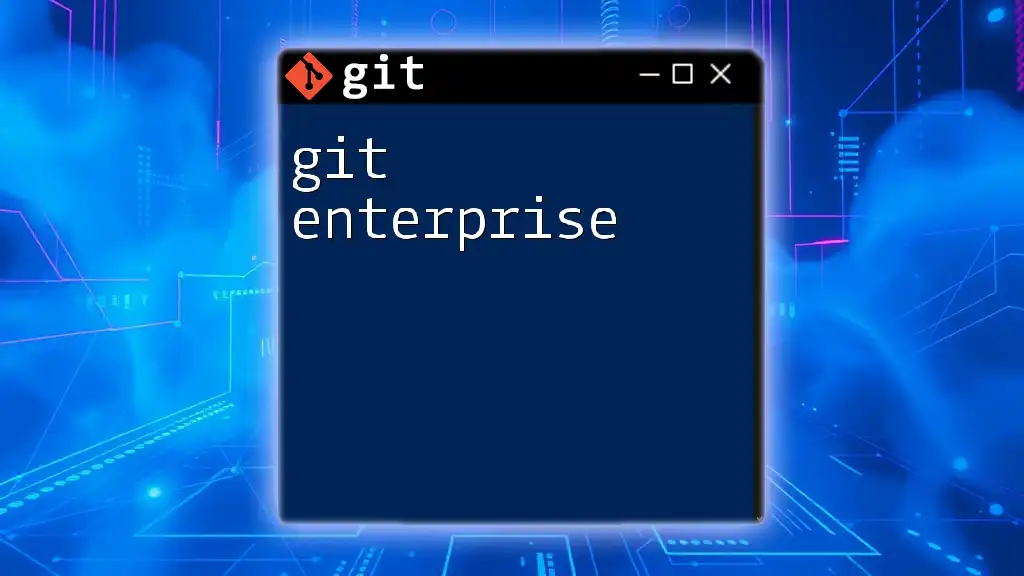
Tagging Events
What is Tagging?
Tagging in Git creates reference points for your codebase at a specific moment. This is particularly useful for marking release versions, allowing you to easily navigate to a point in history that represents a stable version of your software.
Creating a Tag
To create a tag, you can use:
git tag tag_name
This command creates a lightweight tag. For more detailed tagging, you might use:
git tag -a tag_name -m "Tag message"
Annotated tags include a message and are commonly used for marking release points.
Viewing and Managing Tags
You can list all tags in your repository with:
git tag
Tags help maintain clarity in your project’s history and are essential for navigating between significant updates or versions of your work.
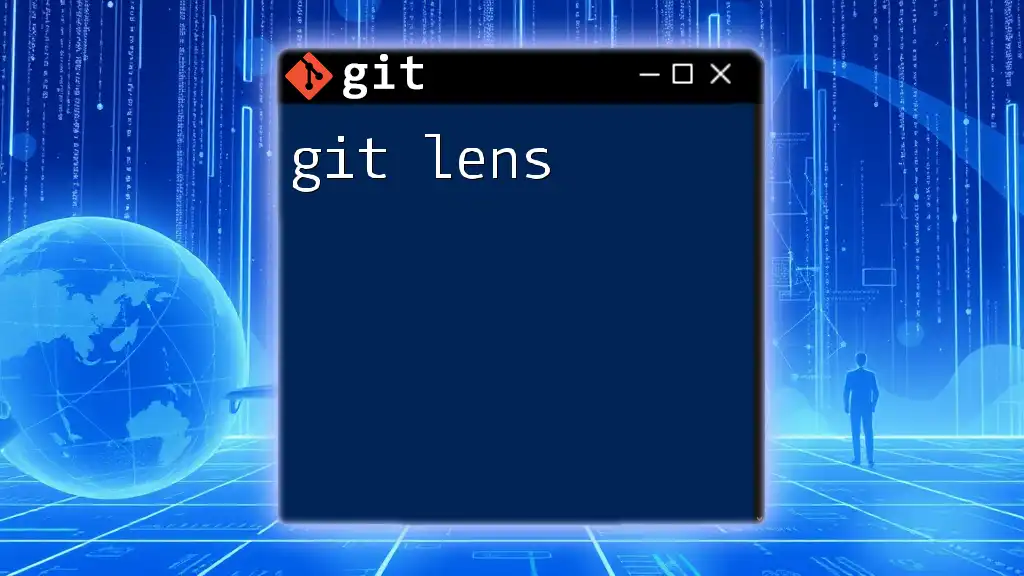
Using Git Hooks
Introduction to Git Hooks
Git hooks are scripts that Git executes before or after events such as commits. These can automate tasks such as running tests or enforcing code quality standards, enhancing your workflow.
Types of Git Hooks
Common Git hooks include:
- Pre-commit: Runs checks before a commit is finalized.
- Post-commit: Executes actions right after a commit occurs.
- Pre-push: Checks before pushing changes to a remote repository.
Creating a Simple Git Hook
To create a pre-commit hook, navigate to the `.git/hooks` directory. Create a file named `pre-commit` and add a simple command:
#!/bin/sh
echo "Running pre-commit checks..."
Make sure to give execution rights with:
chmod +x .git/hooks/pre-commit
This way, the specified checks will run whenever a commit is attempted.

Best Practices for Managing Git Events
Regular Commits
Make commits frequently and ensure your messages are meaningful. This clarity will help you and your collaborators understand the project's evolution.
Consistent Branching Strategy
Adopt consistent branching strategies, such as Git Flow, to manage development effectively. This ensures that features are developed in isolation and integrated smoothly.
Embracing Tags for Releases
Using tags for marking releases creates a better understanding of project milestones and assists in navigating the project’s history.
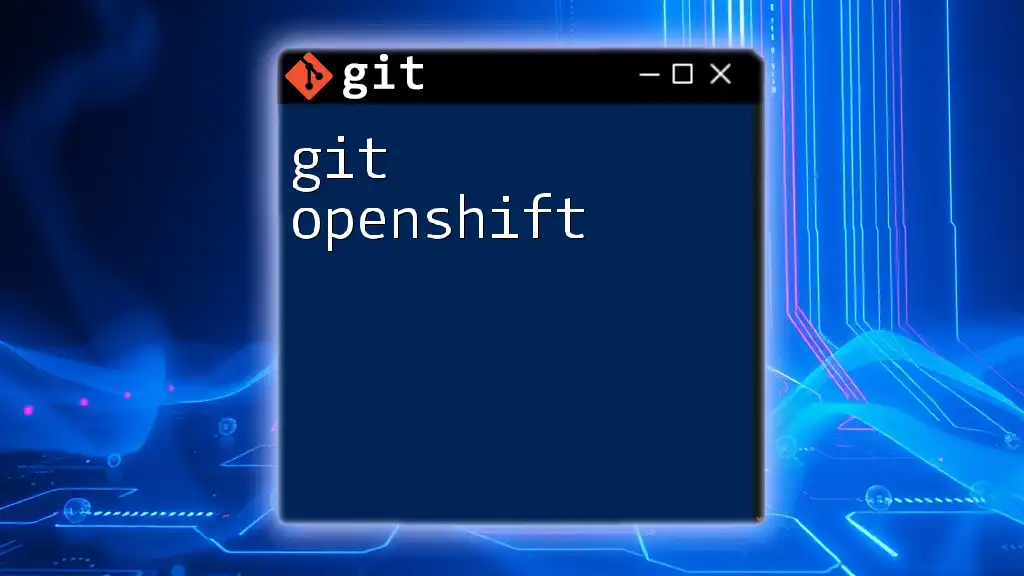
Conclusion
Understanding Git events is crucial for effective version control and collaboration. By mastering commit, branching, merging, and tagging events, you can maintain a clean project history and facilitate smoother development processes. Practicing these concepts will greatly enhance your Git skills, empowering you for future projects.
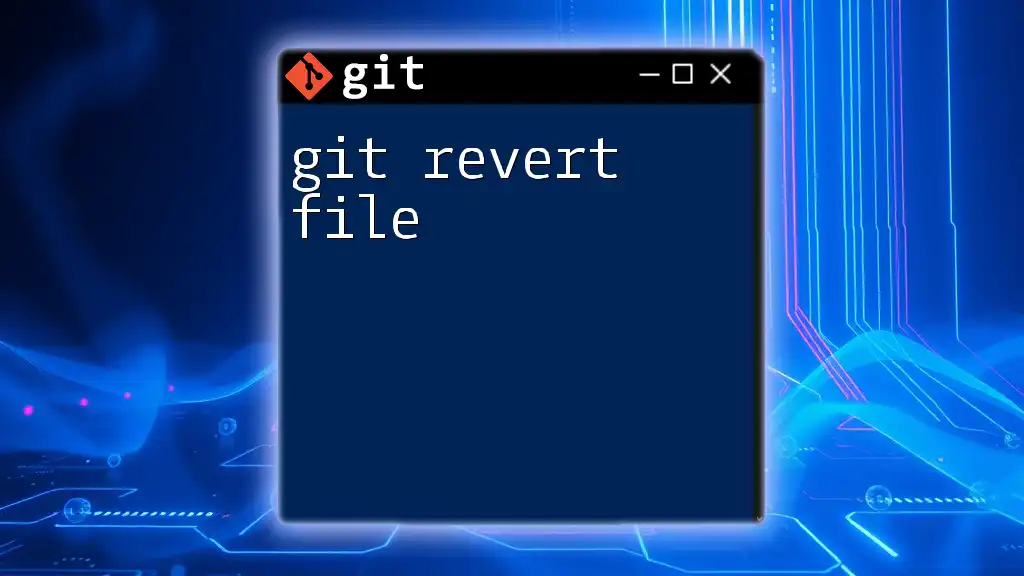
Call to Action
For more tips and hands-on guidance on mastering Git, stay tuned to our upcoming resources or reach out for personalized training!

